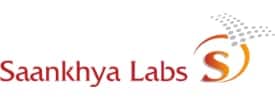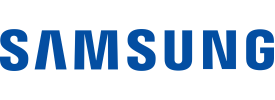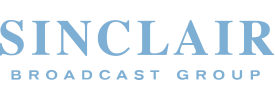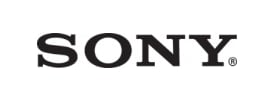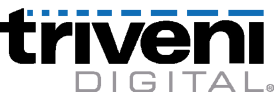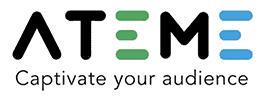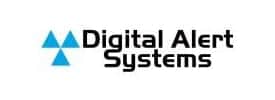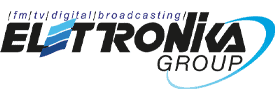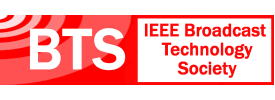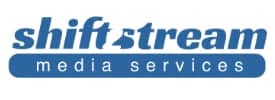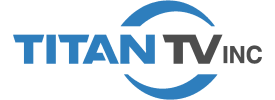- About
- Members
- Sponsors
- Subcommittees
- About Our Subcommittees
- Technology Group 3
- Implementation Team 1 – Advanced Emergency Information
- Implementation Team 2 – India
- Implementation Team 3 – ATSC 3.0 Conformance
- Implementation Team 4 – Brazil
- Implementation Team 5 – Tower Network
- Implementation Team 7 – Caribbean
- Implementation Team 8 – Automotive
- Planning Team 4 – Future Broadcast Ecosystem Technologies
- Planning Team 5 – Automotive Applications
- Planning Team 6 – Global Recognition of ATSC 3.0
- Planning Team 9 – Sustainability
- Technical Documents
- News
- Events
- Spotlight ATSC 3.0
- Contact Us
- Member Login
- Member Meetings
- Advanced Search
Search Site
Member Links
- About
- Members
- Sponsors
- Subcommittees
- About Our Subcommittees
- Technology Group 3
- Implementation Team 1 – Advanced Emergency Information
- Implementation Team 2 – India
- Implementation Team 3 – ATSC 3.0 Conformance
- Implementation Team 4 – Brazil
- Implementation Team 5 – Tower Network
- Implementation Team 7 – Caribbean
- Implementation Team 8 – Automotive
- Planning Team 4 – Future Broadcast Ecosystem Technologies
- Planning Team 5 – Automotive Applications
- Planning Team 6 – Global Recognition of ATSC 3.0
- Planning Team 9 – Sustainability
- Technical Documents
- News
- Events
- Spotlight ATSC 3.0
- Contact Us
- Member Login
- Member Meetings
- Advanced Search
Korea Wants ATSC 3.0
Posted on July 8, 2014 in ATSC News
In June, the ATSC Board met in Seoul to learn more about the future broadcast needs of Korean broadcasters, equipment manufacturers and government officials as our work ATSC 3.0 continues to accelerate.
“Korean broadcasters MBC and SBS told us that they are pushing ahead with Ultra HD terrestrial broadcast experiments using DVB-T2, but that’s only because it’s what’s available today. They expressed their willingness to deploy ATSC 3.0 commercially if it’s ready in time. It sounded like 2018, in time for Korean Winter Olympics, was a good target for them,” said ATSC Board Member John Godfrey, VP of government and public affairs for Samsung.
In addition to holding its June board meeting in Seoul and visiting with Korean broadcasters and regulators, the group toured innovation labs and showrooms at both Samsung and LG Electronics.
‘Best possible technology’
The ATSC delegation consistently heard that broadcasters, manufacturers, and government officials are looking for the best possible technology – and one that allows manufacturers to differentiate their products for consumers.
World Cup games being broadcast and streamed during the visit proved out one of broadcasting’s biggest advantages – the ability to reach millions at once.
“We had one individual looking at the World Cup game streaming from the Internet, and the other one receiving the signal off-air. During the last 10 minutes of the game, the Korean streaming server crashed. But the over-the-air broadcast continued on to the end of the game,” reports Board Member Ira Goldstone, Director of Distribution Standards for Univision, which operates more than 40 high-power and some 20 low-power TV broadcast stations in the U.S. Goldstone notes that consumer expectations are somewhat different in Korea where consumers are accustomed to using an external antenna on a portable device.
“Korean Broadcasters, manufacturers, and government officials all want the ATSC 3.0 standard finalized as soon as possible. They want to keep the heat turned up,” he says. The most eye-opening revelation for him was to have manufacturers say “just tell us what to build and we’ll build it. The manufacturers want to sell products, and differentiated products.”
Ultra high interest in 4K TV
ATSC Board Chairman Glenn Reitmeier of NBC Universal got a similar message from the visit to Korea.
“In a nutshell, what we heard is that Korean broadcasters and government agencies are very interested in what’s going on with ATSC 3.0, and at same time they have sense of urgency to make progress and particularly move forward on Ultra HD 4K broadcasts. Obviously, there are two major TV receiver manufacturers in Korea and there’s an interest in having mainstream content delivery to help create the environment for strong receiver sales,” Reitmeier said.
“That sense of urgency around Ultra HD that is even stronger than I had anticipated. We also saw some prototype development work at ETRI (Korea’s Electronics Telecommunications Research Institute) that was very interesting. You almost have to go there to appreciate the scope and scale of the television research and development that’s being done by the various organizations in Korea. They have a strong commitment to technology.”
ATSC Board Member Yiyan Wu, principal research scientist at Canada’s Communications Research Center, echoed Reitmeier’s observations.
“They want 4K now. The spectrum situation is different in Korea than in the U.S., and broadcasters are very focused on insuring that spectrum is utilized for 4K TV transmissions,” Wu said. His last visit to Korea was six years ago, “and there have been significant changes since then. One of the major broadcasters has a new complex and they are making significant investments. They really are eager to see what ATSC 3.0 can do and how much better it can be.”
Posted in ATSC News
News Categories
News Archives
Subscribe
Subscribe to The Standard, our monthly newsletter. Learn More
Join ATSC
ATSC is a membership organization with both voting and observer categories. Voting members include corporations, nonprofit organizations, and government entities, and they participate actively in the work of ATSC. Observers are individuals or entities not eligible to be a voting member.
Subscribe to our Newsletter
Subscribe to The Standard, our monthly newsletter, to stay up-to-date with ATSC news and events around the world.
Site Links
Contact Us
Advanced Television Systems Committee, Inc.
1300 I Street NW, Suite 400E
Washington, DC 20005
Do you have questions about ATSC?
About ATSC
The Advanced Television Systems Committee, Inc., is an international, non-profit organization developing voluntary standards and recommended practices for digital terrestrial broadcasting. ATSC member organizations represent the broadcast, broadcast equipment, motion picture, consumer electronics, computer, cable, satellite, and semiconductor industries. ATSC also develops digital terrestrial broadcasting implementation strategies and supports educational activities on ATSC standards.
© 2024 ATSC

















